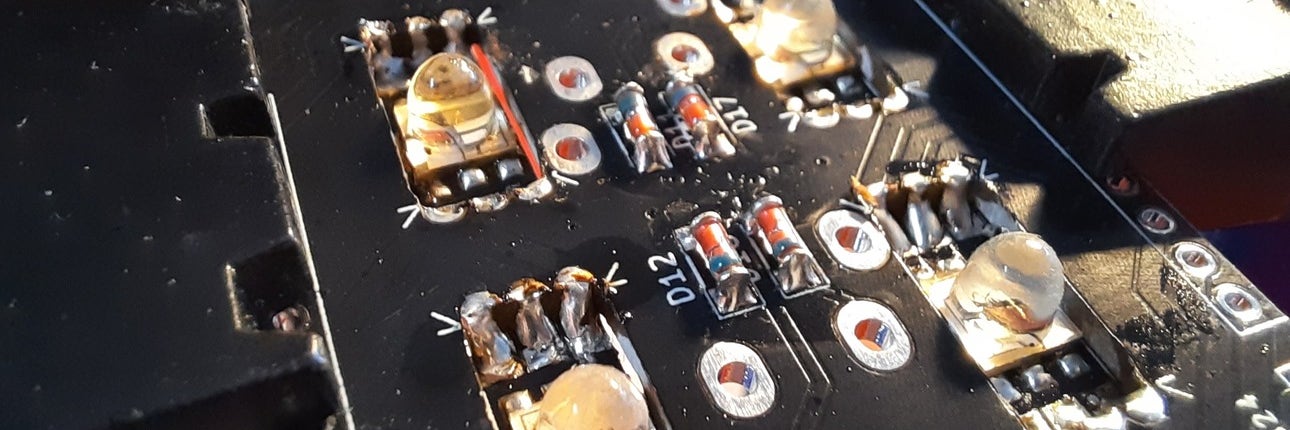


I am doing #electronics, #embedded programming, #python scripting, hardware security and recently some sewing. Pronouns: er/they
This profile is from a federated server and may be incomplete. Browse more on the original instance.


I am doing #electronics, #embedded programming, #python scripting, hardware security and recently some sewing. Pronouns: er/they
This profile is from a federated server and may be incomplete. Browse more on the original instance.